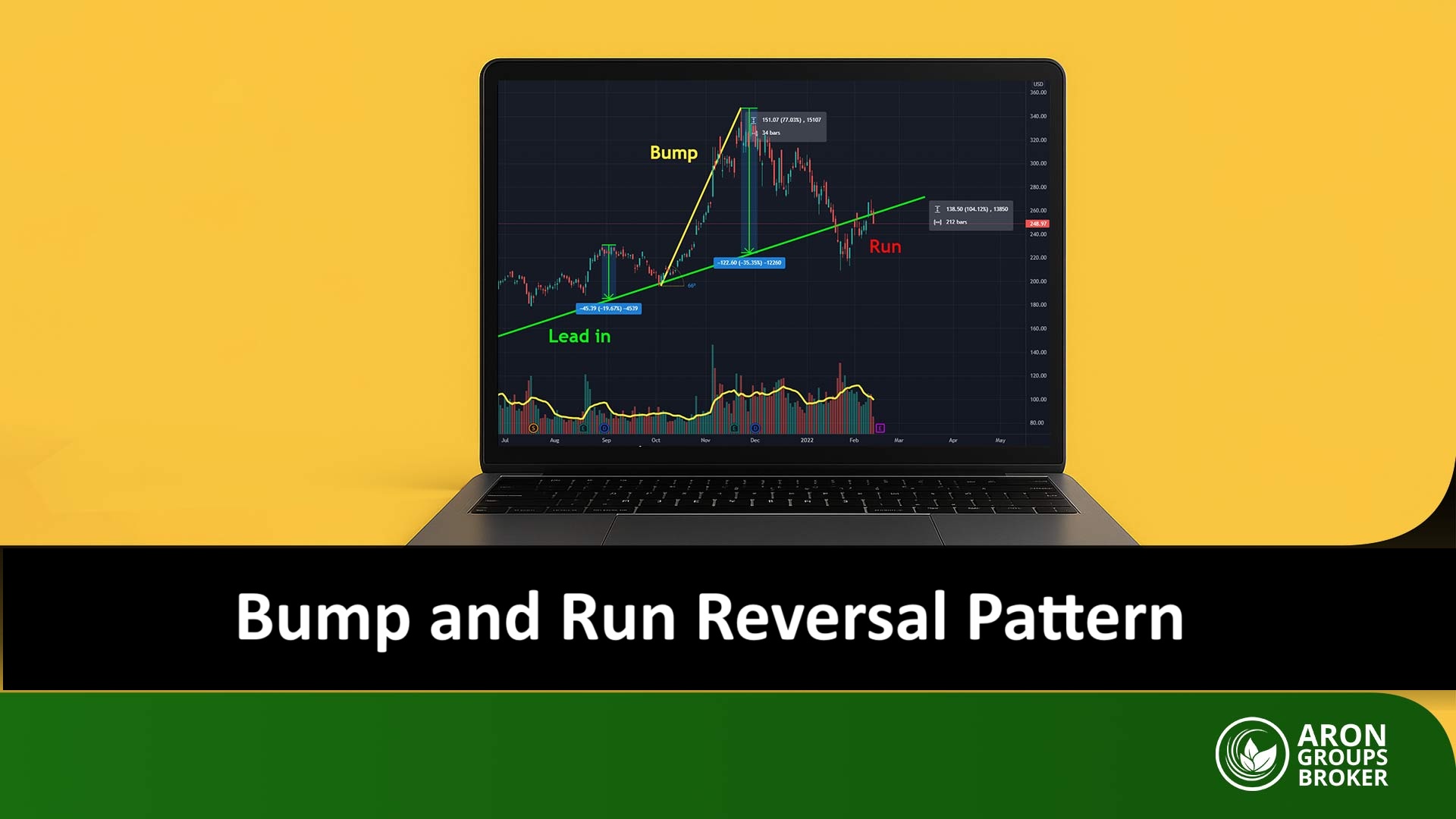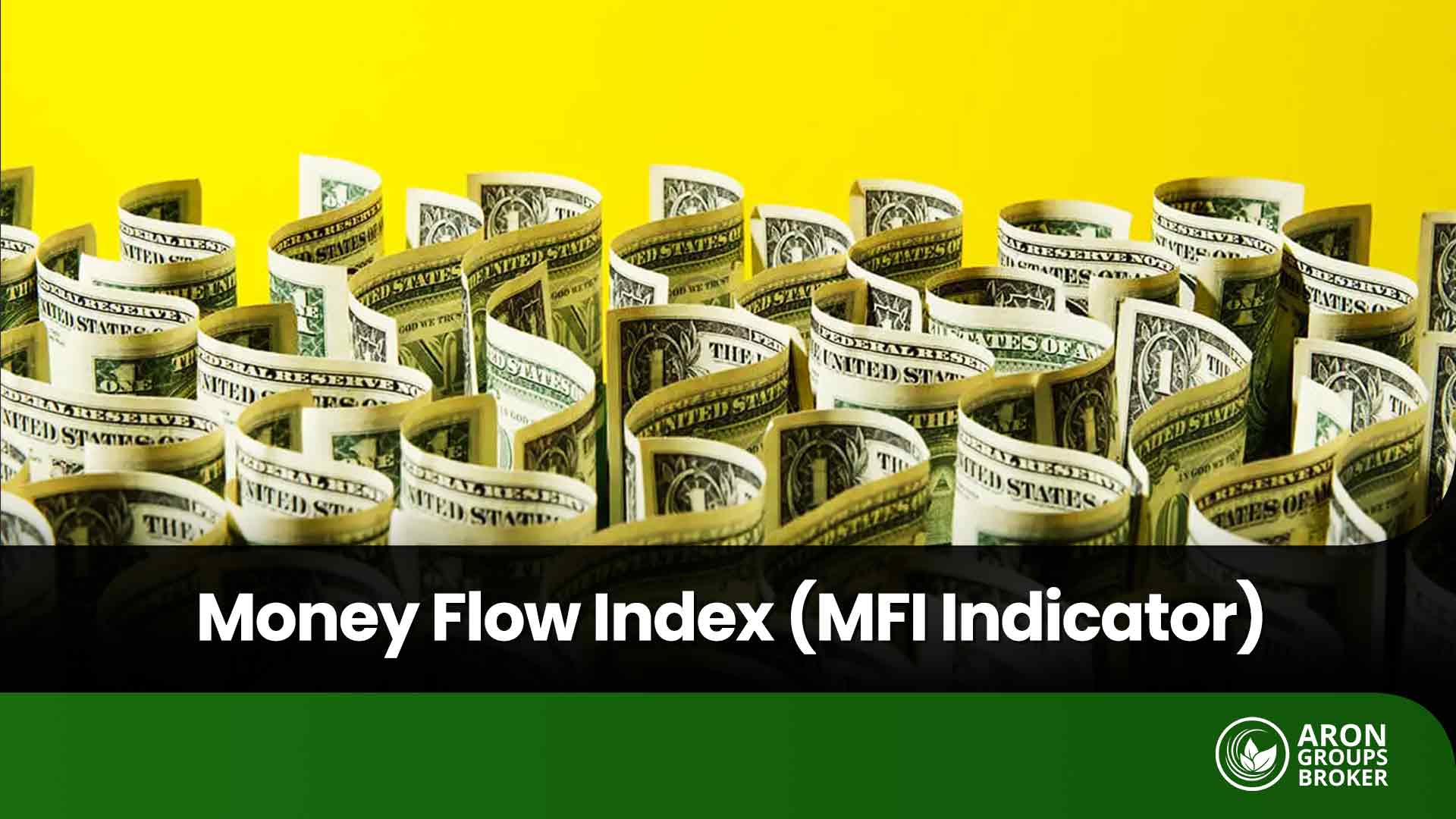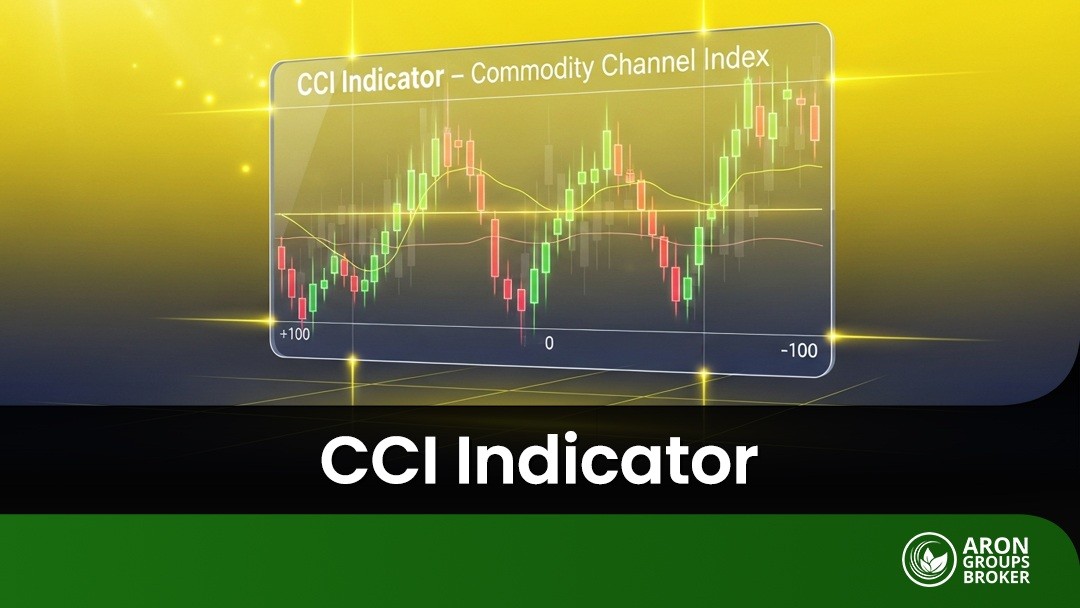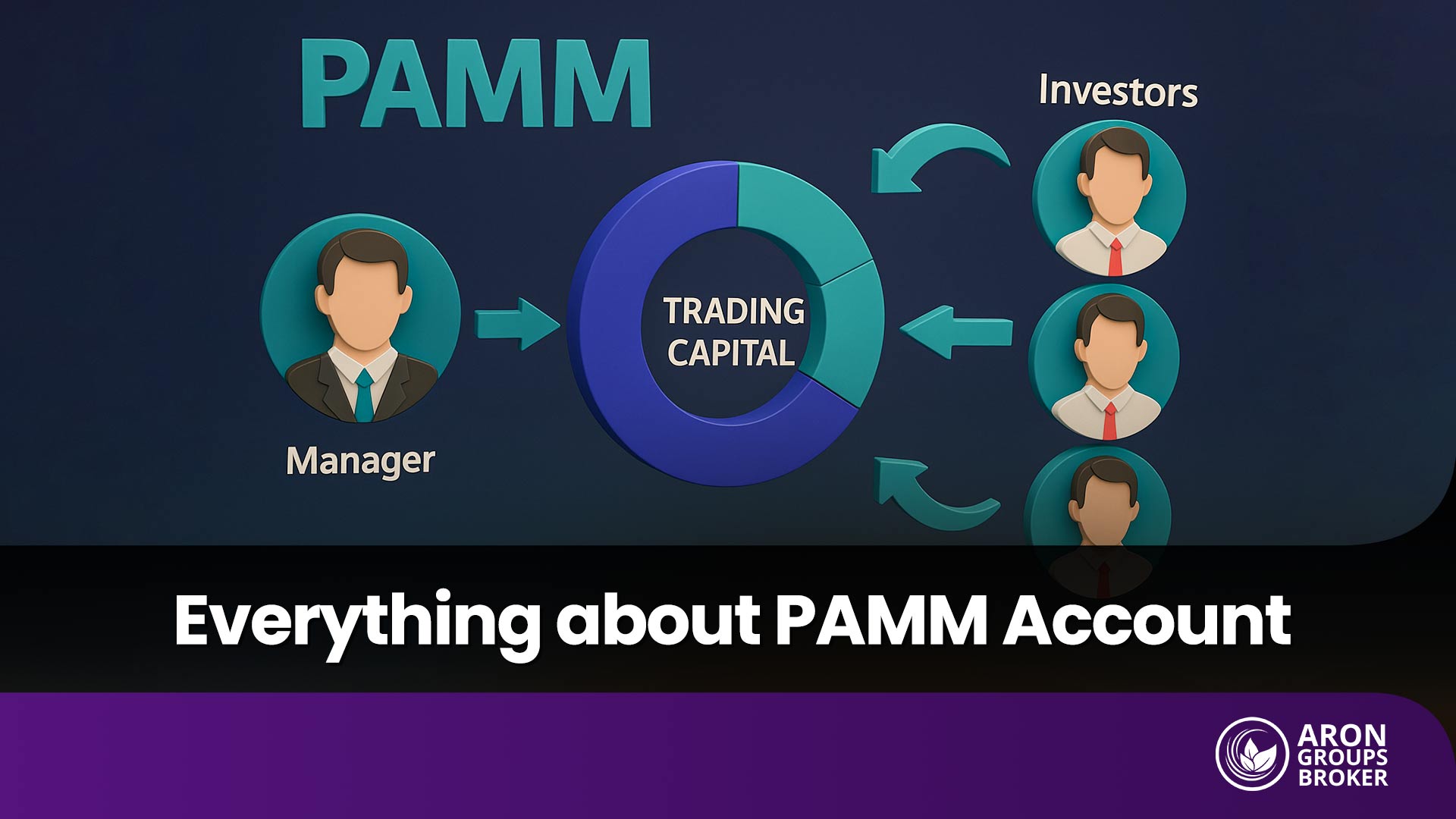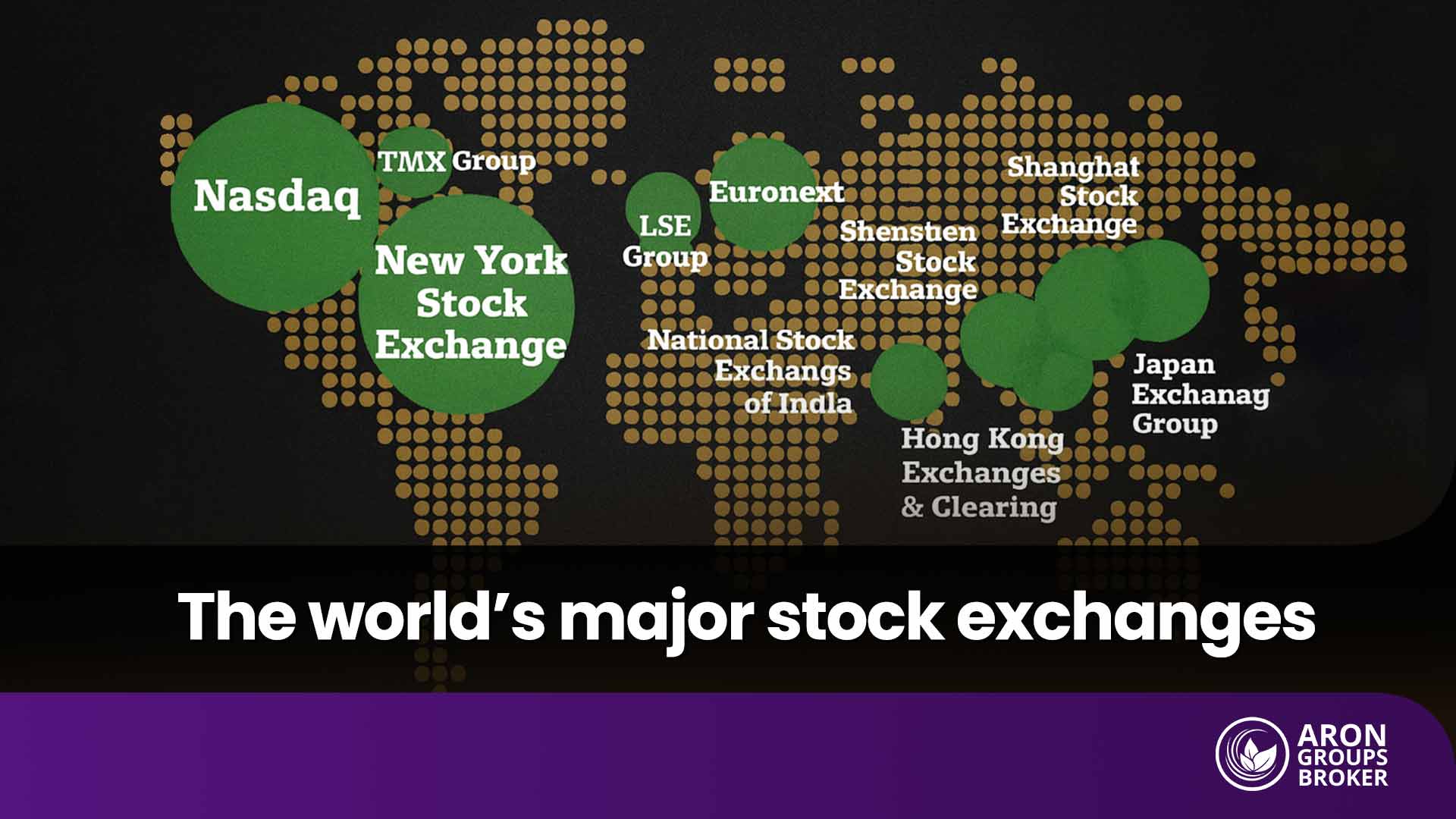Understanding the Financial market requires familiarity with the types of assets; we should know about the active companies and types of everyday market transactions. However, understanding the forces affecting the market and the factors affecting asset prices is necessary, as well as price forecasting methods, successful trading, and investment in the market are possible. To achieve these goals, you must be familiar with market analysis methods such as Technical and Fundamental analysis and market psychology. On the other hand, you should know how each method is used in each financial market. In this article, we aim to get information about financial market analysis methods and their application in global markets.
Table of Contents
What does financial analysis mean?
Financial analysis is a broad term that can have different meanings depending on the context of the analysis. However, there is also a standard definition: Financial analysis means examining financial information to make the best business decisions. Also, financial analysis means evaluating assets, projects, companies, and financial documents and analyzing all types of assets for investment. For example, examining the financial documents of a company and its plans for the future will help the investor to see if buying shares, whether in the stock market or Forex, is profitable or not.
What is internal and external financial analysis?
Employees and managers of a company perform internal financial analysis on the same company’s financial documents. The results of this analysis are used to make decisions about the company’s future and monitor work processes. Some of the other benefits of internal financial analysis include:
- Collecting employee information
- Reviewing the employee performance
- Checking customer feedback
- Checking payment information
External financial analysis is generally done by people who intend to invest. Investors, as agents outside of a company, use all the documents and resources available about a company to examine the investment potential and profitability.
What is market financial analysis?
Each Financial market in the world has its characteristics. First, you need to know what components each market has. For example, some components of the digital currency market include assets (types of digital currencies and NFTs), centralized and decentralized digital currency exchanges, buyers and sellers, etc. Also, for each market, you should be familiar with terms such as the amount of liquidity in the market, the number of buyers and sellers, the volume of daily transactions, the volume of the market, etc. You should also know the factors influencing the market, such as economic factors.
What is the financial analysis of assets in the market?
One of the most important types of financial analysis is the analysis of each asset in the market. For example, in the digital currency market, there are thousands of digital currencies that you can invest in. But which options are suitable for long-term investment, and which are suitable for short-term investment? Which asset’s price is far from its intrinsic value, and which new asset has the potential to succeed, last in the market, and increase in popularity? All analytical methods, such as technical and fundamental analysis, can be used to analyze any asset.

Types of financial market analysis methods
Financial analysis methods are being used for various purposes such as evaluating economic trends, examining a country’s economy, examining a sector of a country’s industries, examining the strengths and weaknesses of a factory, company, and business, setting financial policies, financial planning for a business, and identifying profitable opportunities used in a market and knowing the best assets and markets for investment and trading. But what are these methods?
The analysis of financial markets has various methods, the most important of which are:
- Fundamental Analysis
- Technical Analysis
- psychological market analysis
Fundamental analysis
Fundamental analysis is a method to investigate the potential of investing in a market, investing in an asset, or examining a company or even an economy. The difference between this and other methods is that fundamental analysis seeks to discover, examine, and continuously track all the factors that affect the market and the price of an asset from the outside. By knowing these factors, you can speculate on prices and take advantage of opportunities in the market.
Another critical point in fundamental analysis is its focus on intrinsic value. To understand the intrinsic value, we must compare it with the current price. The current price of any asset mainly refers to the last price announced in the market. In contrast, fundamental analysts determine the intrinsic value of an asset in comparison to other assets by thoroughly examining the various characteristics and aspects of an asset. The critical point is that although the price fluctuates according to market emotions, it always seeks to correct itself and approach intrinsic value. Using this concept, fundamental analysts can predict future price movements.
Technical analysis
Technical analysis looks at trading results such as price history, current price, trends in price charts, trading volume, etc. The basic assumption in this analytical method is that the price contains all the information you need for investment and trading. For example, by checking the price chart, you can check the conditions of supply and demand and even the emotions created in the market. This analytical method also uses charts, indices, and indicators to check past and current conditions and future price predictions.
Psychology of financial markets
Psychological knowledge in holding and trading assets in financial markets is used in two fields. The first field is the psychological analysis of the market, which means examining the emotions that affect the behavior of buyers and sellers. Some of these emotions are disappointment, hope, fear, and greed. On the other hand, psychological knowledge can also be used to manage emotions in trading. For example, by using the knowledge of psychology, you can learn how not to follow the dominant behavior in the market and stay true to your investment strategy. Also, it is popular to examine various behavioral patterns and personalities among traders and investors in the market in this analytical method.
Digital currency market analysis
Standard Financial market analysis methods are also used in digital currency market analysis and its assets. Investment in this market has accelerated upward during the last decade. Also, investors can use digital currencies to increase their investment portfolio’s diversity and online payment methods. Also, using this market, you can access companies active in blockchain and fintech.
Fundamental analysis in the crypto market
Investing in the digital currency market offers unique trading opportunities to holders and traders, mainly because this is a volatile market, and fluctuations create many opportunities for day and hour traders. But figuring out which digital currency is suitable for trading or investing can be challenging. Fundamental analysis is a common way to answer this question.
In this way, you should consider these points:
- Digital currency project white paper review: Most cryptographic projects publish a white paper document showing the goals and technical details of the desired digital currency. The white paper may include content such as the goals of the cryptocurrency project, the technologies used in the project, including the type of blockchain, financing solutions, project stages, the introduction of the development team, details related to the public offering, tokens, etc.
- Knowing the project development team is better: Cryptocurrencies are usually created by founders and developers. To better predict the prospects of a project, research the experience of the people on this team. To get this information, you can visit the white paper, the LinkedIn profiles of the team members, and the ‘About Us’ page of the project site.
- Get to know the project executive team: Many cryptocurrency projects have an executive team in addition to the development team, who work in areas such as finance, development and implementation, and marketing. Knowing these people will help you estimate the success of the project.
- Know the cryptocurrency fans: The popularity of a digital currency is directly related to its price. An increase in fans causes an increase in demand and the cryptocurrency’s price. To check the project’s popularity, you can use the capacity of social networks or visit the fan forums of the project in question.
- Some other points: Review the innovative solutions of the project, applications of the project and its tokens, cryptocurrency roadmap, distribution, circulation, and token mix.

Digital currency market analysis
Technical analysis of the digital currency market means studying the price history, examining chart patterns, trends, the volume of transactions, using indicators, etc. However, analysts, investors, and traders can use these things to guess the future results of the market or the future movements of the price of a digital currency.
Some of the objectives of digital currency market analysis are:
- Short-term or long-term forecasting f the price
- Guessing the direction of the trend
- Finding points where the trend may be reversed
- Investigating support and resistance levels
- Applying Strategies for profitability
- Reducing the risk of transactions
The best technical analysis indicators of the digital currency Financial market are indicators for historical price evaluation and forecasting of future trends. These indicators have advanced algorithms, but many are simple to read, and you can find chart patterns in them and predict future conditions.
Some of the most common crypto market technical analysis indicators are:
- MACD indicator
- RSI indicator
- Bollinger bands indicator
- OBV indicator
- MYC indicator
One of the standard methods of financial market analysis is digital currency market psychology.
High volatility in the cryptocurrency market causes dynamic movements. In this situation, traders and holders are generally influenced by their emotions and align with the market, and this issue increases the range of volatility. It should also be noted that an emotional behavior in the market is a behavior that is not necessarily based on logic and strategy, so it increases the possibility of financial losses.
On the other hand, knowing the market’s sentiments help traders find suitable trading opportunities. For example, crypto market psychology analysts believe that in a market with an upward trend, three types of emotions are more involved, which are:
- Being optimist
- Being greedy
- Being self-confident
Other emotions are also involved in bear markets: sadness and disappointment. By understanding the cycle of emotions that govern the cryptocurrency market, you can experience profitable trading exactly when others are caught up in their emotions based on logic and knowledge of psychology.
Using financial market analysis methods in the Forex market
Forex is one of the most popular global financial markets among traders and holders. Of course, there are more trading options for traders and short-term investments, including the possibility of profiting through Forex currency pairs and profiting by buying and selling CFDs and futures contracts. Many analytical methods are used in the Forex market, including technical, fundamental, and weekly analysis, some of which we will review together.
Fundamental analysis in the Forex market
The most critical group of assets in the Forex market are currency pairs; Therefore, the fundamental analysis of Forex focuses on the knowledge of the factors affecting the changes in the prices of currencies relative to each other in this market. In this analytical method, analysts examine data such as news of national economies and measures such as interest rates, unemployment rates, and GDP rates. Also, whenever a forex trader receives new information about the state of a country’s economy, he uses fundamental analysis to measure the impact of this data on different currency pairs.
Some crucial points in the fundamental analysis of the Forex market are:
- Interest rate: The interest rates set by the central bank are one of the most critical factors in determining the price movement of currency pairs. A high-interest rate is a sign of the popularity of a country’s currency and attracts Forex investors to buy and add the property.
- GDP Growth: A high GDP growth rate indicates increased wealth in countries. The increase of this index strengthens the country’s currency and increases its value compared to other foreign currencies in the Forex world.
- The state of industries and production: High industrial growth in any country means a strong economy. A country with a strong economy encourages Forex traders to invest in that country’s currency in the country’s Forex market.
- Consumer Price Index (CPI): This index is directly related to the country’s price of goods and services.
- Retail market: The information on the retail market in the countries shows the income level of the people living in that nation.
- Other points: Among the other important points that investors pay attention to in the technical analysis of the Forex market, we can mention the price of goods, the political situation, the trade deficit, the balance between supply and demand, monetary policies, housing prices, and the growth of the capital market.
Technical analysis of the Forex market
Technical analysis of the Forex market is a method of predicting the future movements of currency prices in the market and trading volumes. Different charts help the Forex market’s technical analysts analyze this market. These charts show the price movements of common currencies at a particular time. Charts of technical analysis indicators can be drawn using advanced mathematical calculations.
Technical analysis of the Forex market is done with manual and automatic models. The trader examines technical analysis indicators in the manual model and interprets the data to decide whether to buy or sell. In the automatic model, however, the trader, using settings and scripts, teach the trader’s software and robots to follow specific signals and, when necessary, perform trading actions with the trader’s approval.
Technical analysis of the Forex market emphasizes the principles of the Dow theory, which are:
- Everything is summed up in the price, or the price expresses everything, or in other words, the price is a comprehensive reflection of all the forces present in the market.
- Prices usually move in the direction of the trend.
- Price movements repeat themselves historically, and this leads to repeating patterns on charts.
Some of the common indicators to use in technical analysis of the Forex market are:
- Moving average indicator
- Bollinger bands indicator
- Fibonacci indicator
- ATR indicator

The method of weekend analysis in the Forex market
In the Forex market, a particular analytical method is also used, which is called weekend analysis. The Forex market is closed on the weekend, and you no longer need to react to price movements. So, this is an opportunity to get a big picture of the entire market by looking at the week’s action and the latest price movements.
On the other hand, this is the best opportunity to plan for traders’ financial actions next week. Therefore, the analysis of the weekend can be considered a mental architecture for better preparation for various transactions in the Forex market. Also, this is an opportunity to follow the news of the forex market, learn more about the factors affecting this market, and use the influence of these factors to make decisions for the next week’s transactions.
General points of financial market analysis methods in domestic Forex markets
The Forex market has multiple assets and numerous trading methods. Even if you are only active in one of these markets, it is a good idea to draw important indicators for each Forex market and asset occasionally. By doing so, you understand the relationships between markets. It is better to see if the relationship between the market trends is direct or inverse. Because for example, sometimes, the increase in demand for buying symbols related to gold is accompanied by a decrease in demand in the currency market. However, these connections can also help you to predict the conditions in any market.
Another point is to discover milestones and change the direction of trends in long-term periods. By doing this, you can better decide on an accurate entry into the trade in short time frames and increase the chances of making a profit.
How to use financial market analysis methods in commodity exchange?
Commodity exchanges, whether in Iran or specialized commodity exchanges in foreign countries, or the commodities section of the Forex market, are among the popular financial markets. These markets are cyclical and are affected by supply and demand. In this way, an increase in demand causes an increase in the price of goods, and an increase in supply causes a decrease in prices.
The critical thing about commodity exchanges is that fundamental analysis is used more than other market analysis methods. Of course, you can also use technical analysis methods to check prices, trends, and volume of transactions.
What factors affect the price of goods?
Many factors affect the increase or decrease in the price of goods, including weather conditions, transportation costs, export and import, customs fees, the area of cultivated land, the amount of discovery of new mines, agricultural diseases, pests, etc. Also, for the fundamental analysis of this market, you should check some points we will review together.

Know the product
Before investing in the market of any commodity, you must first know it well. For example, do you need to know how it is produced? What factors affect the increase or decrease of its production? In what areas is it produced? What factors affect the price of the desired item? What times of the year does its supply increase, and when does it decrease? Which government and private institutions influence this product’s production and supply? By answering these questions, you can better understand the market of the desired product.
Goods supply
Goods are produced in the country or supplied through government and private imports. You must be aware of the supply conditions and the country’s inventory. For example, the number of current resources in the case of the corn crop means all the available products and the remaining amount from before and the cultivated land. Therefore, the higher the current and remaining resources from the previous year or season, the lower the price.
Research reports
Regarding each product, institutions, research companies, and sites are constantly publishing news related to that product and producing research content about it. It will help if you read these news and research articles as a commodity market trader. These sources are generally documented, and you can make better decisions about the future conditions of the market for the desired product.
ETF financial market analysis method
The first exchange-traded funds (ETFs) were launched in the United States in 1993, and since then, these funds have become a popular asset class in global markets. On the other hand, ETFs generally follow an index in the market, among which the following can be mentioned:
- Dow Jones Industrial Index
- Nasdaq index
- S&P 500 index
Although ETFs are among the best options for hassle-free, long-term, and low-risk investing, traders must know which ETF is best for them. Therefore, traders use fundamental and technical analysis methods to select ETFs. Let’s review some tips for choosing an ETF for investment:
- Explore and choose the sector ETF based on the index it tracks
- You can look for ETFs that track stocks in a specific industry
- Know the competing ETFs in each asset class
- By selecting an ETF for an asset class or an industry sector, you can also use the fundamental analysis criteria method for that asset to select a related ETF.
- Also, check out some specific ETFs, which may present you with short-term or long-term investment opportunities. Among the specific ETFs, we can mention the SLIM ETF, which is influenced by the stock prices of companies active in fitness and fighting obesity.
- Check the trading volume of the desired ETF. For example, some ETFs have a trading volume of millions of shares per day. Such markets will have high liquidity
- Check the ETF’s minimum asset level. Many ETFs currently have a minimum asset level of $10 million. The lower the ETF’s minimum asset level, the lower its attractiveness and trading volume
Learn financial market analysis methods at Aron Groups.
Financial market analysis methods are the keys to entering the markets and success in trading in any market. Therefore, it is suggested that all Financial market beginners learn Financial market analysis methods to increase their profit from trading. At Aron Groups Broker, we have allowed you to familiarize yourself with these analytical methods. As a beginner, you can start low-risk trading with methods such as investing in Aaron’s fund and the copy trading method, and at the same time, learn about Financial market analysis methods in Aaron’s Academy and the site’s blog section.
Read More: Interest Rate Differential (IRD) Definition
























